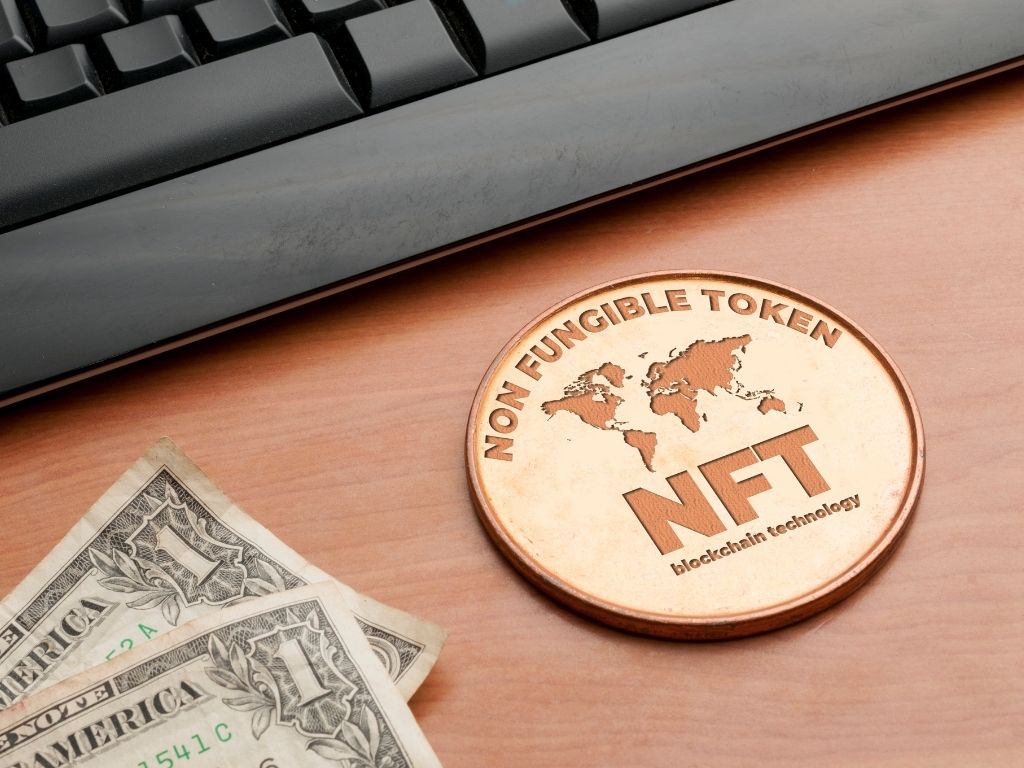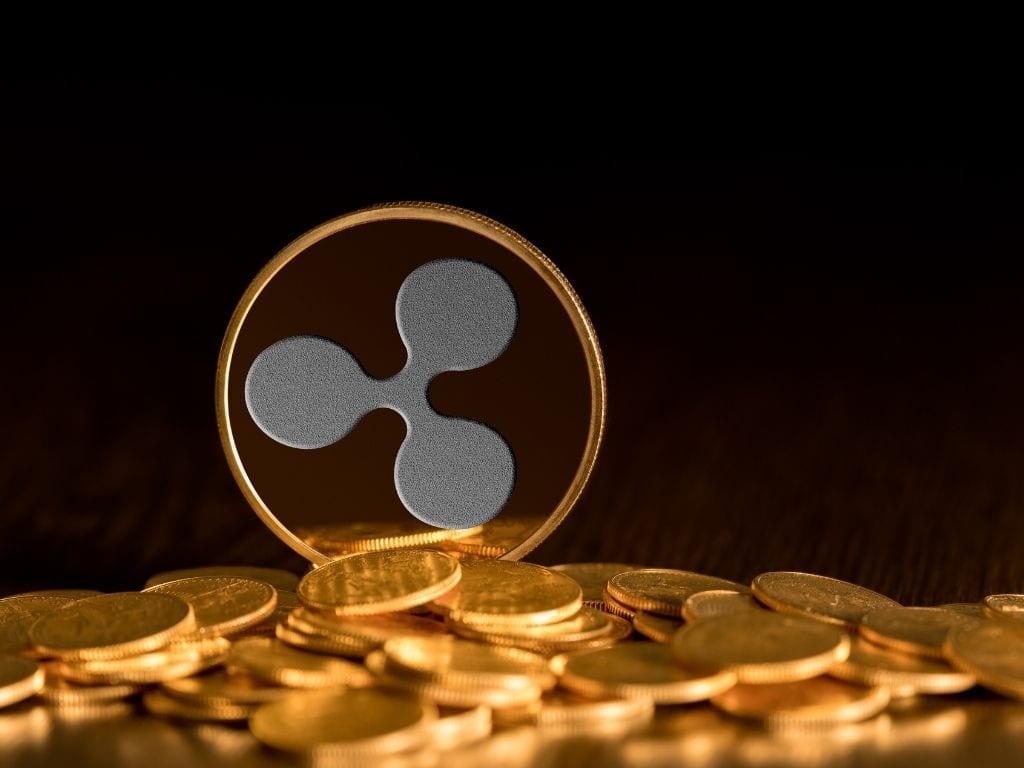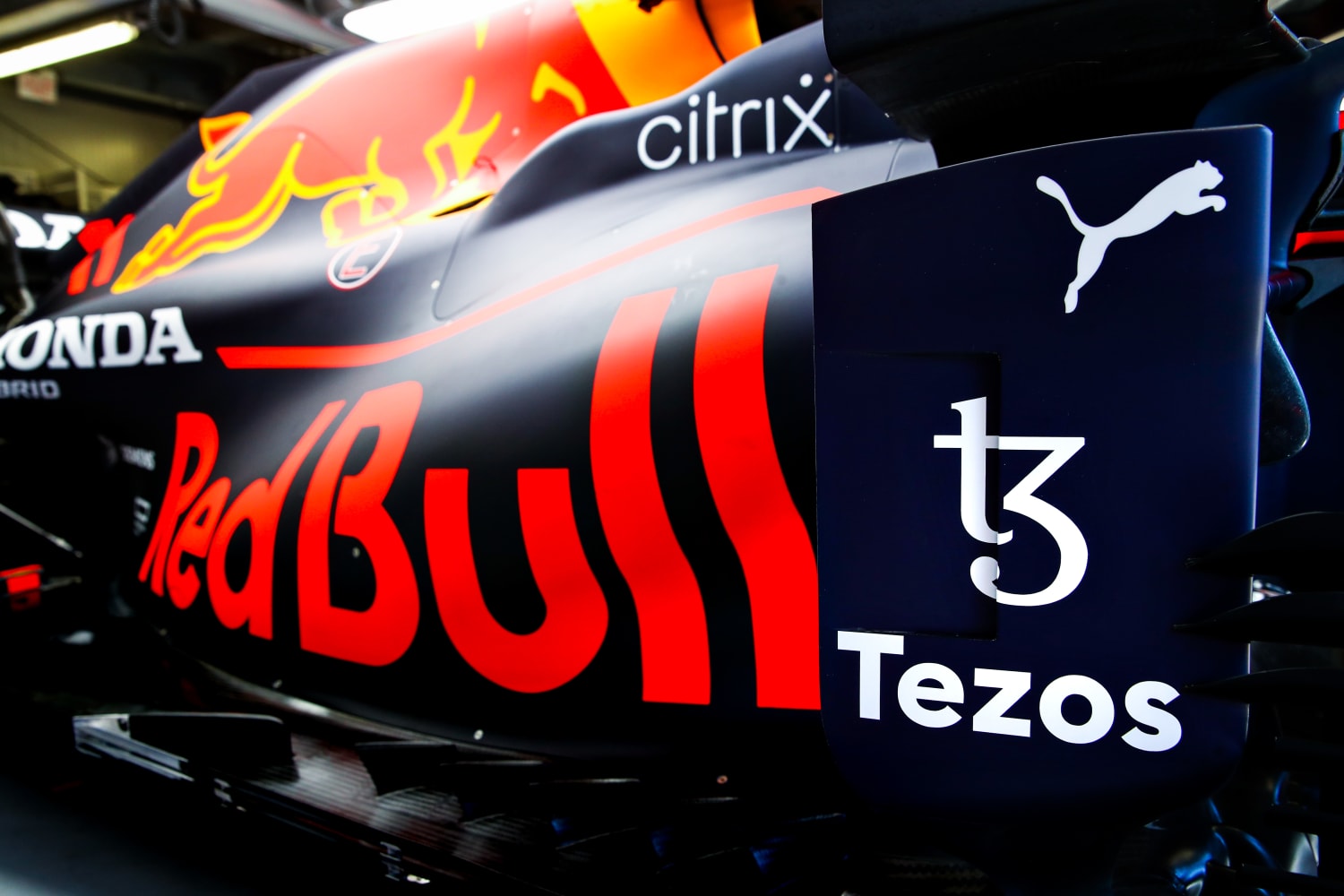NFT Gamble pays off for Trevor Jones – Crazy Success Story
Trevor Jones, 51, didn’t start college until he was in his thirties and supported himself by working three to four jobs after graduation to fund his painting career. He and his wife still live a pretty tranquil life outside of Edinburgh, Scotland. His experience in the NFT art world has been “a crazy success story,” he says. “It all started with being depressed at 30 and deciding to pursue an art degree to [becoming] an overnight sensation,” he adds. His success exemplifies the life-changing impact that the recent NFT boom has had on artists. NFTs are responsible for some people becoming millionaires — in the exclusive art world, no less – and they are far from an abstract internet phenomenon.
Jones had become one of the most important artists minting NFTs since his entry into “crypto art” in 2018 – when he employed augmented reality to transform paintings at the Scottish National Portrait Gallery into crypto bigwigs. His name is known throughout the industry. He’s worked with Pak, whose art was just auctioned at Sotheby’s for $16.8 million. Jones was too busy to answer when Beeple, who famously auctioned an NFT for $69.3 million at Christie’s in March, first contacted him for assistance on how to make drops on Nifty Gateway last summer (they later discussed collaborating). Ice Cube, a rapper, and filmmaker will be his next collaborator.
Jones continues to stand out as a classically educated artist in a digital age as the buzz about NFTs grows. Even though many of his works integrate technological elements (such as animation, augmented reality, and, of course, NFTs), his preferred medium is still oil on canvas. Meanwhile, he’s been witness to the crypto art world’s rapid evolution. In some ways, it resembles the traditional art environment in which he grew up. “In the beginning, there were only a few [crypto] artists. We all talked to each other daily and became enthralled with who was doing what,” he recalls. “It’s blown up in the last six or so months… It reflects the art industry as a whole, with money, egos, and personalities, with everyone vying for a piece of the pie.”
Jones excelled in painting classes as a child growing up in a “small logging hamlet” in Western Canada, but he desired to be a rock star. When things went “horribly wrong,” he began traveling across the world, and in his early thirties, while living in Edinburgh, he found himself “at a crossroads.” “It’s all pretty cliché,” he adds, speaking over Zoom in April from an unadorned area in his home. “I determined that to save myself and find atonement, I needed to become an artist.”
He graduated from Edinburgh University and Edinburgh College of Art several years later, at 38. He was hired as the director of the non-profit Art in Healthcare almost immediately. Jones stood out for his “practical skill set” – he had financial knowledge in addition to artistic talent, according to Margaret Hurcombe, who recruited him in 2008. Jones supplemented his income by teaching art workshops and renting out extra rooms in his residence while working on solo shows.
He rapidly realized that solo gigs would not be enough to pay the costs. He was left with around £9,000 from an exhibition that took a year to put together, thanks to galleries’ 50% charges and artists covering overhead costs like framing.
Jones’s Work is Worth Holding Onto
Jones says, “I started looking at this objectively and reasonably.” He needed to carve out a niche for himself to set him apart from other painters in his early forties. So he turned to technology, first painting QR codes in 2012 and then dabbling in augmented reality in 2013.
According to Andy McDougall, the fair’s creator and contemporary art dealer, Jones showed up with “traditional looking” landscape and animal paintings during the 2013 Edinburgh Art Fair. “We were all a little bewildered by this sudden change in style,” McDougall says, until Jones pulled out his iPad and scanned his paintings, which began to move, play music, and provide information about their subjects. McDougall adds, “He could bring the paintings to life.”
Jones used AR to recreate Donald Trump and Vladimir Putin in a 2016 “world leaders” portrait series, merging paint with garbage to portray them. One buyer purchased all ten paintings. “I had a little money in the bank for the first time,” Jones adds, “and I could look into investing.” It was fortuitous that he arrived at the right time. Around 2017, the values of bitcoin (BTC) and ether (ETH) began to skyrocket. Jones became engrossed in the stock market. He admits, “I discovered I’m a bit of a gambler.” His attempts at “investment” failed miserably.
They did, however, introduce him to a new subject matter: the crypto industry, which had previously escaped the attention of traditional painters. He developed his covert AR display at the Scottish National Portrait Gallery, painting Vitalik Buterin and John McAfee (who retweeted his work). Jones had taken another risk by devoting so much time to work in this uncharted realm. The risk paid off this time.
Interest in Jones’ work spread throughout the crypto industry as more people followed him on Twitter, where he had no qualms about self-promotion. By 2019, he began painting portraits for the “Most Influential” series of this journal. “That cemented my status as the go-to traditional painter in the space,” he says. Even though NFTs had been there for a while, Jones didn’t learn about them until April 2019, when David Moore, the CEO of digital art marketplace KnownOrigin, met him at Manchester’s CoinFest. “He was telling me about NFTs, and I couldn’t wrap my head around it at all,” Jones says.
Jones noticed artists selling their paintings on KnownOrigin a few months later. “I realized I couldn’t ignore this any longer,” he says. So he texted Alotta Money, a French artist who was selling his NFTs for hundreds of dollars. “Everyone in the NFT wanted Trevor in,” adds Alotta Money. “He approached me and asked if I could assist him.” EthGirl is an animated girl in the style of the Ethereum sign that separates to reveal Picasso’s pixelated eye, which Picasso’s Girl inspired with Mandolin (1910). When it sold for 72.1 ETH in December 2019, it shattered SuperRare’s sales record. “Watch this space,” says Jones in his SuperRare description of the item. This is only the start.” He was correct.
The next year, NFT art marketplaces such as Nifty Gateway were launched, expanding the audience for NFTs by allowing buyers to pay in fiat currency. Jones broke another platform record when he sold Picasso’s Bull for $55,555 in July. Then, in 2021, Christie’s and Sotheby’s both held multi-million dollar NFT auctions. Azealia Banks sold an NFT of her audio sex tape for $17,240, Grimes sold an NFT artwork for $5.8 million, and Chris Crocker, the artist of the “Leave Britney Alone” video, sold an NFT for more than $44,000. According to Jones, many people who have become interested in NFTs since last summer “cite Picasso’s Bull NFT as the one that brought them into the sector.” Jones released his second collaboration with Alotta Money, which sold for almost $140,000 by the end of 2020. Jones still doesn’t know who Pak is, so his work with him was worth $1.4 million.
Jones’s work is worth preserving for collectors. Colborn Bell, an NFT collector who owns Jones’ Putin image and Satoshi by Cubist Satoshi, says he wouldn’t sell a Jones unless “some Russian tycoon stepped up and said, ‘I need this Trevor Jones President Putin piece and offered me an unbelievable amount of money.” Jones could see the NFT business exploding before it happened because of his history in the legacy art field. He says, “I knew there would be a Beeple who would come in and fully open things up.” “I just didn’t realize it would happen so quickly.”
According to Jones, the market’s ascent is both “positive and harmful.” Emerging artists have more money and attention accessible to them. They can make more money from their work because NFT platforms take smaller commissions than established galleries and give royalties on resales. However, it makes it more difficult for new or lesser-known musicians to get discovered.
Jones enjoys assisting newcomers to the industry. “Trevor is a role model,” says Aisha Arif, community manager at MakersPlace, a digital art marketplace. He is constantly…offering helpful ideas to help artists” on Twitter. However, he is inundated with emails these days. He cannot keep up with the volume of queries and intends to hire an assistant as soon as possible.
Friends and coworkers say Jones has remained humble, kind, and a wonderful friend despite his success. He’s become more guarded as a result of that. The pessimism that may permeate the crypto sector reaches sensitive artists, and Jones admits that he has been tempted to “completely step away” several times in the last year. He instead concentrates on his work. After all, features of blockchain technology, such as the Metaverse, where artists may present their NFT work in virtual worlds, excite him from an aesthetic standpoint and will “completely transform the way art is consumed,” he claims.
Jones’ unexpected fortune remains “a number on a screen” (actually, multiple numbers—he possesses bitcoin, ether, and fiat) despite his huge achievement in the past year. He still buys his groceries at the cheapest store and doesn’t own a car, but he and his wife are planning to relocate to southern Germany next year. He likes Edinburgh but complains about the weather. He’ll most likely buy a Tesla in Germany. Meanwhile, he’s working on a top-secret project using artificial intelligence and commencing research for his latest collaboration – with Ice Cube. Jones says, “It’s going to be a very powerful piece with a strong message, not a ‘celebrity cash-grab.” He also doesn’t believe the NFT market is in a bubble. It’s a rich ground for the “future of e-commerce and art,” rather.
“There will always be one conclusion when it comes to money and art,” he says. “Does money drive the space, or does art drive the space?” And we’ll see what happens. We’ll see how things go.”
Stay informed with daily updates from Blockchain Magazine on Google News. Click here to follow us and mark as favorite: [Blockchain Magazine on Google News].
Get Blockchain Insights In Inbox
Stay ahead of the curve with expert analysis and market updates.
latest from tech
Disclaimer: Any post shared by a third-party agency are sponsored and Blockchain Magazine has no views on any such posts. The views and opinions expressed in this post are those of the clients and do not necessarily reflect the official policy or position of Blockchain Magazine. The information provided in this post is for informational purposes only and should not be considered as financial, investment, or professional advice. Blockchain Magazine does not endorse or promote any specific products, services, or companies mentioned in this posts. Readers are encouraged to conduct their own research and consult with a qualified professional before making any financial decisions. The featured image used is just a creative depiction of the title and it does not intend to hurt sentiments of any person or institution. If it hurts anyone sentiments, please do not hesitate to reach out to Blockchain Magazine.

 Bitcoin
Bitcoin  Ethereum
Ethereum  XRP
XRP  Tether
Tether  Solana
Solana  USDC
USDC  Dogecoin
Dogecoin  Cardano
Cardano  Lido Staked Ether
Lido Staked Ether  TRON
TRON  Wrapped Bitcoin
Wrapped Bitcoin  Wrapped stETH
Wrapped stETH  Chainlink
Chainlink  Avalanche
Avalanche  Sui
Sui  Stellar
Stellar  Litecoin
Litecoin  Toncoin
Toncoin  Shiba Inu
Shiba Inu  Hedera
Hedera  LEO Token
LEO Token  USDS
USDS  Hyperliquid
Hyperliquid  Polkadot
Polkadot  WETH
WETH  MANTRA
MANTRA  Bitcoin Cash
Bitcoin Cash  Ethena USDe
Ethena USDe  Bitget Token
Bitget Token  Wrapped eETH
Wrapped eETH  Uniswap
Uniswap  Monero
Monero  NEAR Protocol
NEAR Protocol  Pepe
Pepe  WhiteBIT Coin
WhiteBIT Coin  Aave
Aave  Bittensor
Bittensor  Ondo
Ondo  Aptos
Aptos  Internet Computer
Internet Computer  Dai
Dai  Official Trump
Official Trump  Ethereum Classic
Ethereum Classic  Mantle
Mantle  Tokenize Xchange
Tokenize Xchange  OKB
OKB  Gate
Gate  sUSDS
sUSDS  Coinbase Wrapped BTC
Coinbase Wrapped BTC 




